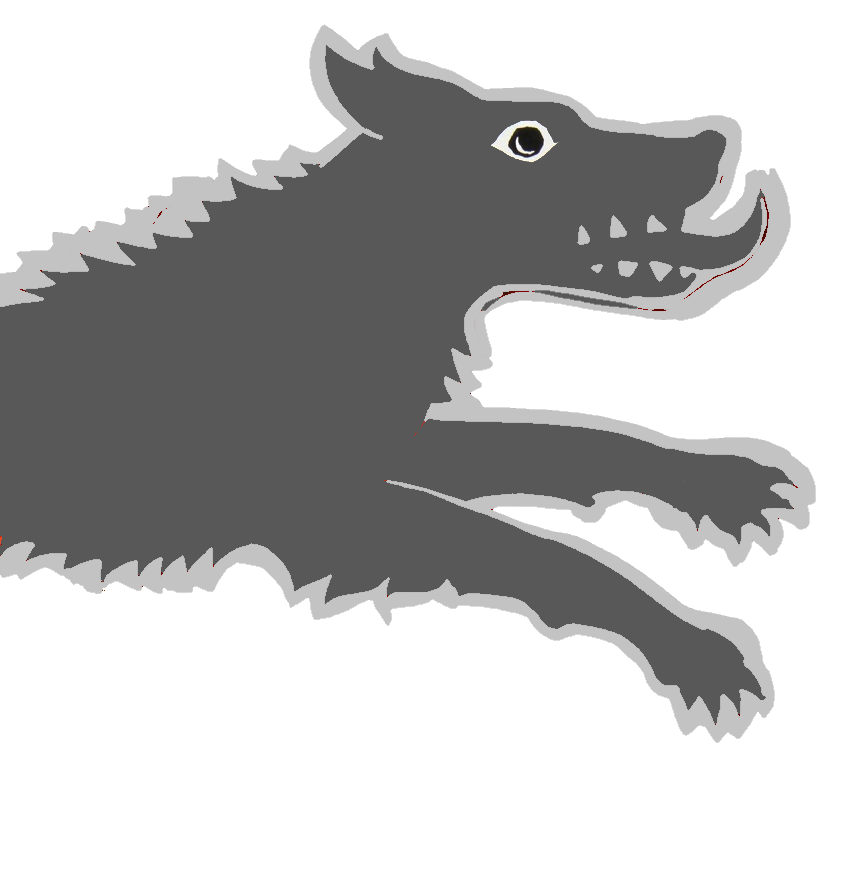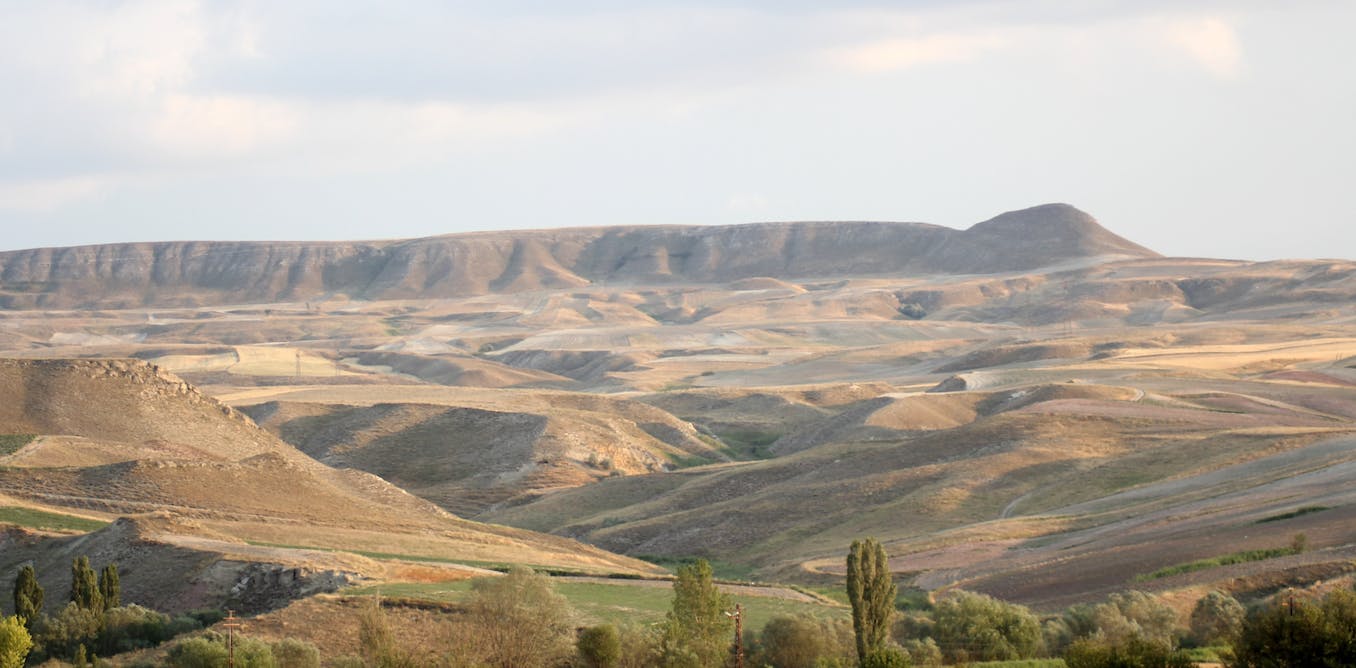- cross-posted to:
- science@lemmy.world
- cross-posted to:
- science@lemmy.world
The languages in the Indo-European family are spoken by almost half of the world’s population. This group includes a huge number of languages, ranging from English and Spanish to Russian, Kurdish and Persian.
Ever since the discovery, over two centuries ago, that these languages belong to the same family, philologists have worked to reconstruct the first Indo-European language (known as Proto-Indo-European) and establish a “language family tree”, where branches represent the evolution and separation of languages over time. This approach draws on phylogenetics – the study of how biological species evolve – which also provides the most appropriate model for describing and quantifying the historical relationships between languages.
Despite numerous studies, many questions still remain as to the origin of Indo-European: where was the original Indo-European language spoken in prehistoric times? How long ago did this language group emerge? How did it spread across Eurasia?
I remember seeing this study a few months ago. Basically: both Caucasian and Kurgan hypotheses would be correct, for Early and Late PIE respectively. The dating sounds reasonable, too - ~8000 and ~5000 years ago respectively.
For Indo-Europeanists, this means that Early and Late PIE are so distant from each other that you can’t really abstract them as “the same thing” for the sake of reconstruction, as it’ll cause artefacts due to the diachronic mix-and-match. And that for Early PIE it’s actually useful to check the three Caucasian families (NW, NE, and Kartvelian) for potential Sprachbund features, such as:
- vertical vowel system - such as *e *o being actually [ə ä], and vowel length being a Late PIE development;
- uvulars - such as *ḱ *k being actually [k q], this should explain why *ḱ is so much more common than plain *k;
- it gives some grounds to something similar to the old glottalic theory, with what has been reconstructed as *(b) d ǵ g gʷ being actually ejectives, [(pʼ) tʼ kʼ qʼ kʷʼ]. For reference notice the absence of [pʼ] in Avar (NWC), versus early PIE *b being so uncommon.
It’s not a big surprise as they are talking about two different time periods and migrations - the expansion of the Neolithic from Anatolia and the Bronze Age from the Pontic Steppe, with the latter population largely replacing the former and bringing with it the basis for most of the languages in Western Europe.
Not a big surprise, but a small one for sure. It contradicts Ockham’s Razor - as now we need three separated Urheimaten for Early PIE, Late PIE, and Proto-Anatolian, while the three traditional hypotheses only required two.
…that said Ockham’s Razor is just inductive reasoning to prevent us from making shit up. It’s often incorrect anyway.



